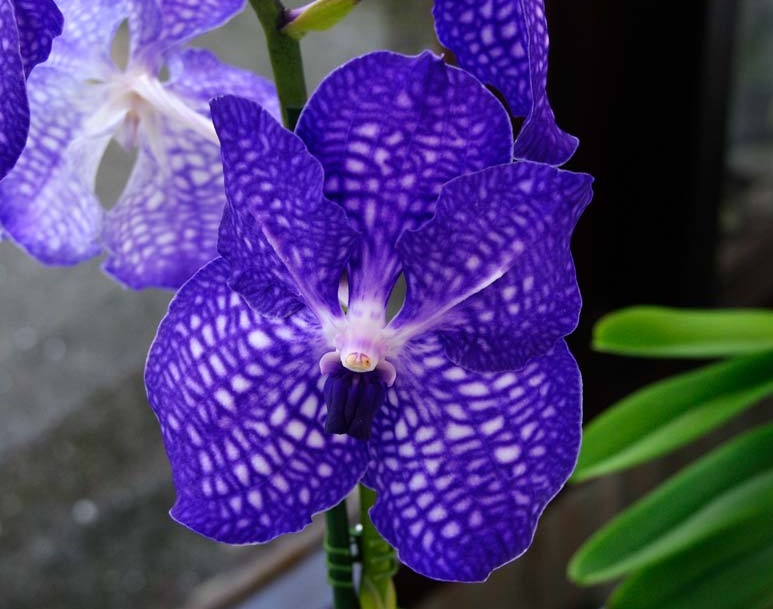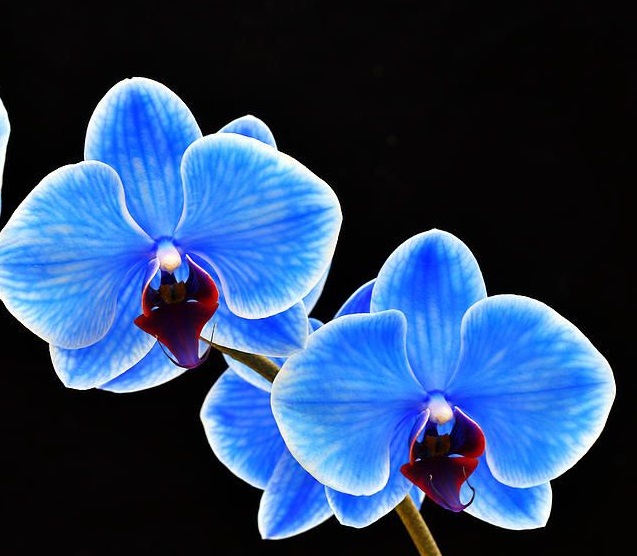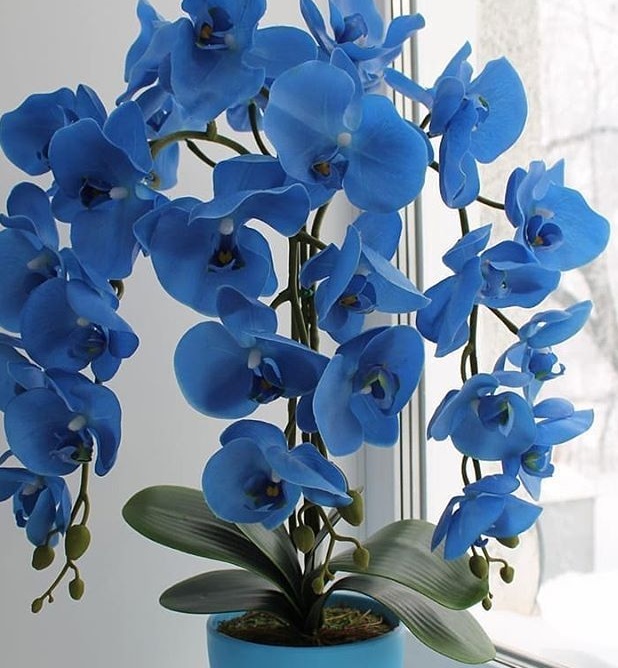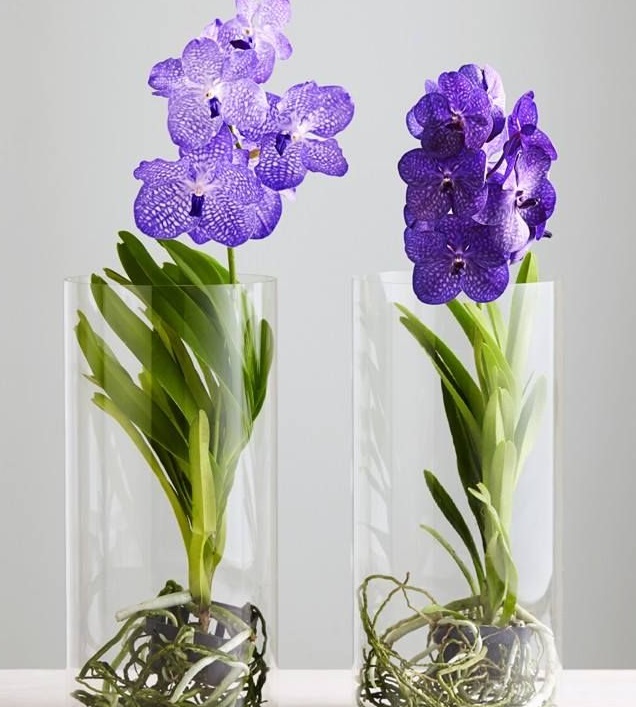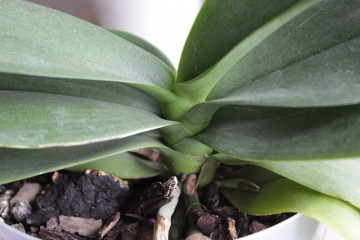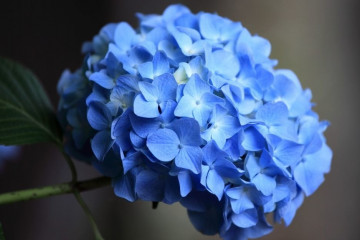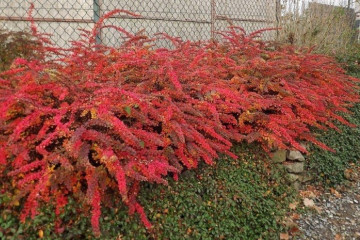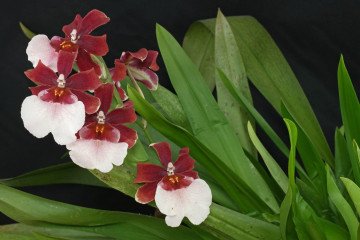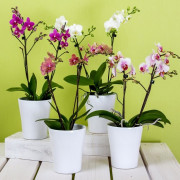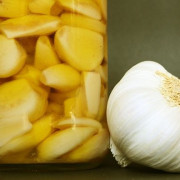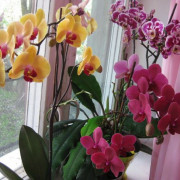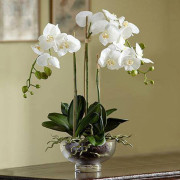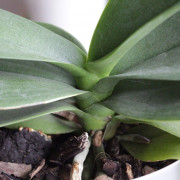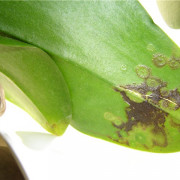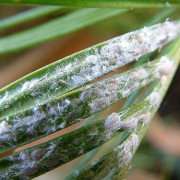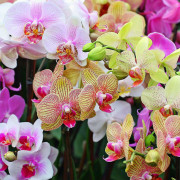Blue orchid - description, varieties, care
Content:
Orchids are welcome flowers in apartments and country houses. There are plenty of species and varieties of this plant on flower shops. You can choose for every taste and color. More recently, the stores have been replenished with new products - bright representatives of the family with blue and blue colors. Is this an attempt to deceive the buyer, or is it really a real miracle? How to tell if a blue orchid is colored or not? Do blue orchids exist in nature?
What does a blue orchid look like, which family it belongs to
In nature, there is no rich blue orchid, but there are other members of the family with an approximate bud color. It is difficult to understand all types. A huge industry is working on the creation of new varieties, including Phalaenopsis Blue.
Systematization and classification of the family is ongoing. Breeders have done a great job of breeding hybrids that, with proper care and creating acceptable indoor conditions, can be grown at home.
Common varieties
A real natural flower of the Phalaenopsis magic blue variety has a lilac or purple color with many light dots. Cattleya is a representative of the orchid family with a natural color of buds. Compared to Wanda, the plant is less demanding to care for. It has a pleasant scent. Can be grown in pots at home.
Orchid varieties:
- Phalaenopsis Royal Blue. The blue orchid is popular with flower lovers. The plant has a pair of peduncles 70 cm long, large roots, saturated blue leaves. The flowering period is almost two months.
- Phalaenopsis of Aphrodite. Bred by Japanese breeders. Found in the Philippines, Taiwan. Distributed in the northern part of Australia. Peduncles of small length - 40 cm, leaves of medium size - 15 cm. There are different shades - from blue to deep purple.
Brief information from the history of appearance
Phalaenopsis Blue was first introduced by Silver Vase at a regular Florida Flower Show in January 2011. Three months later, the Dutch made the audience of the Forall Holland flower contest with a new miracle. The Royal Blue Orchid was presented by the Geest Orchideen nursery and received a high award in the sales concept category.
The Japanese surpassed everyone in 2013 and bred the blue orchid. The above described phalaenopsis of Aphrodite was taken as a basis, in which the gene for the commelina flower was introduced.
Features of home and winter care
At the time of purchase, the plant does not require immediate transplantation into a new pot. The blue orchid loves attention. You need to observe it for a while, and only then make a decision about the place of disembarkation, capacity, soil.
Temperature
The plant does not like sudden temperature changes. Permissible fluctuation within 5 ℃.It should be understood that a correctly set temperature regime will have a beneficial effect on the development of a flower. During the growth period, blue phalaenopsis requires warmth, and at rest, coolness.
The room where the orchid is grown must be well ventilated. This is especially true for the winter and autumn periods in order to prevent the root system from rotting.
Lighting
Light is important for flowers. The ideal drop-off point is the western part of the room. This will exclude direct sunlight. It is also permissible to place the flower on the south side, but it is necessary to monitor the plant and, if necessary, create a slight partial shade for it in the heat. It is important to feel the soil so that it is not dry. If the plant is on the north side, additional lighting is required.
Watering
Watering orchids is necessary as the moisture evaporates. The mode is determined independently. It all depends on the location, soil and temperature in the room. It is impossible to exceed the permissible water level so as not to rot the roots. The plant also tolerates another watering option well:
- a pot with an orchid is placed in a basin of water for half an hour or for an hour;
- then they take it out and drain the water through special holes.
Spraying
The plant is hygrophilous, which is why it is advisable to wipe the leaves with a damp cloth after each watering, and spray the plant itself with water. In this case, the growing conditions will be optimal.
Humidity
The recommended microclimate conditions assume a humidity of 70% for the normal development of the orchid. The permissible fluctuation range is 5-7%. Sudden changes are detrimental to the plant. If the room is dry, spraying or placing pallets with water or moistened expanded clay may be required.
Priming
Artificial orchids obtained by dyeing are under stress. They need to be transplanted into a new pot with fresh soil. A suitable option is pine bark substrate. Prerequisites are loose soil and a suitable pot of ventilated material. It is advisable to add a little coal to the soil.
Top dressing
There are two types of dressings:
- for roots;
- foliar.
You can buy them at a flower shop. During the warm period, feeding is introduced 2 times a month. In the cool season, you can fertilize once every 30 days. It is important to water at the same time as root feeding. Its alternation with foliar is recommended.
Features of care in winter, dormant period
Blue Phalaenopsis has seasonal care patterns. During the summer, it is important to control soil moisture and the frequency of spraying. Do not allow the plant to come into contact with the scorching rays of the sun. Eliminate heat in the room. The best protection option is diffusion curtains.
During the dormant period and the autumn-winter season, it is important to provide the plant with light. For this, special phyto-lamps or other lighting devices are used. Watering at this time is carried out less frequently, but taking into account the prevention of drying out of the soil.
When and how it blooms
Usually, under conditions of home cultivation, the culture blooms in the cool season. It all depends on the variety, type and conditions of detention. For a normal orchid, flowering will be from November to March. Color formation of the Cattleya orchid takes place in the spring and lasts until the onset of cold weather. Continuous flowering can last up to six months, and in some species, up to 8 months.
Pruning
Pruning must be done with a disinfected tool. A dried arrow is cut off.In order for it to give new flowers next year, it is necessary to leave a length of about 3 cm from the bud. In this case, the conditions for the restoration of the plant in the future will be met.
How the blue orchid reproduces
Reproduction of a blue orchid is no different from a regular phalaenpsis. These are shoots that are separated with the appearance of roots. It is important that the "baby" already has leaves with a diameter of 3 cm, and the length of the roots reaches at least 5 cm.
Process description:
- The escape is separated.
- The sections are disinfected with charcoal powder.
- "Babies" are placed in a transparent container.
- It is advisable to pour boiling water over the substrate for a couple of minutes.
- The substrate cooled after "disinfection" is poured into a pot with a shoot and slightly crushed.
- It is necessary to take care of the "kids" as for adult orchids.
Transfer
You should not rush to transplant a purchased blue flower. If the orchid was previously painted, then it is already in a stressful state and does not need additional sudden movements. Watch the flower for a while. When a flower is sick, its buds will begin to fall. In this case, you will need:
- Cut off the colored peduncle.
- Clean the roots from the substrate and rinse them with water at room temperature.
- Cut off stained or rotten roots.
- Disinfect the cut sites with crushed charcoal powder or cinnamon.
- Dry the plant.
- Prepare a container for planting and fresh substrate.
- Plant a revitalized blue orchid.
Pests and diseases
Fungus, mites and rot are common among the main pests of orchids. Fungus It can appear both on the leaves and in the substrate. It is treated by treatment with an antifungal solution such as phytosporin.
Ticks multiply rapidly, feeding on plant sap, and can squeeze out all the "vitality" of a flower in a short time. It is recommended to carry out regular spraying with a special solution, or soaking the flower along with the roots for 10 minutes in an insecticide.
The blue orchid requires particularly careful maintenance in summer, as rot develops intensively during this period. The infection is spreading rapidly. In order not to lose a beautiful plant, it is necessary to process the roots and remove the infected areas. Then lubricate the sections with a special substance - foundation.

